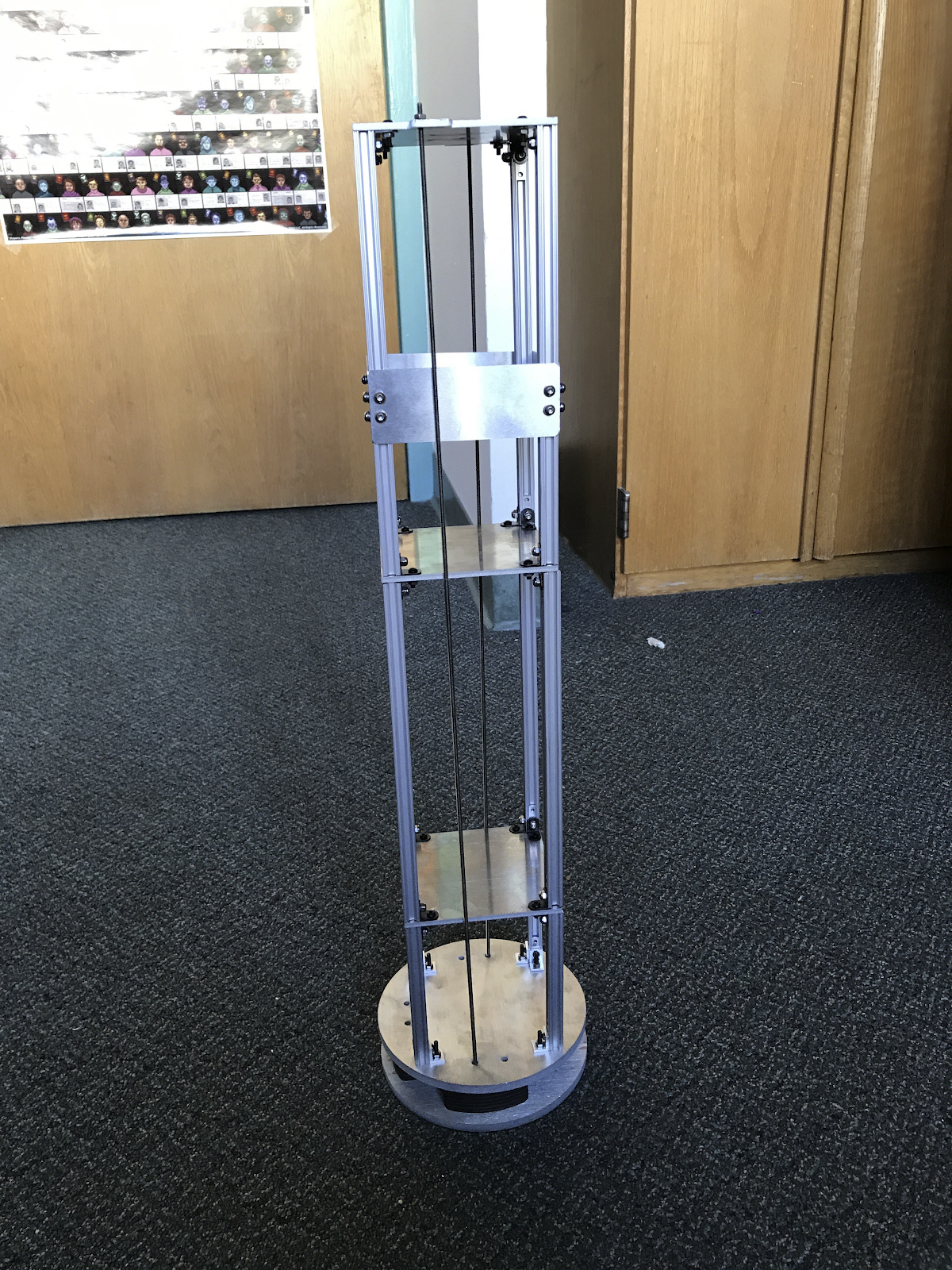Rocketry - “Bear Force One”
After quickly completing my new member intro projects at STAR, I was quickly thrust into designing our rocket for the 10,000 ft target Intercollegiate Rocket Engineering Competition, Bear Force One. As the intersection between the payload and airframe teams, I took on one of last urgent design requirements, horizontal stabilization for the payload stack. It had to be cheap, quick to manufacture, allow for very low tolerances, and fastened after the rocket was already enclosed. I reutilized nose cone mounting screws to mesh with simple fablight manufacturable leaf springs, which were calculated to be within the elastic region for tightening, and rigid enough to stabilize the stack. The design didn’t add any recurring steps to assembly process and allowed for a 10 degree screw angle tolerance.
Visualizations of my airframe L1 rocket intro project, modeled in SolidWorks and OpenRocket
Metrics from OpenRocket simulations, that (along with stabilization and weight) impacted the design for safe maximum speeds (0.637 Mach), forces (17.1G), and maximum apogee (3161’)
SolidWorks rover for my payload intro project, made to fit in a 2” x 4” payload tube given stock parts, half the maximum requirements
Interactions between the payload stack and airframe. Dimensions and material (6061 ALU) for payload horizontal stabilization springs chosen to maximize stiffness within the elastic region ~0.25”
Assembled cubesat payload stack




